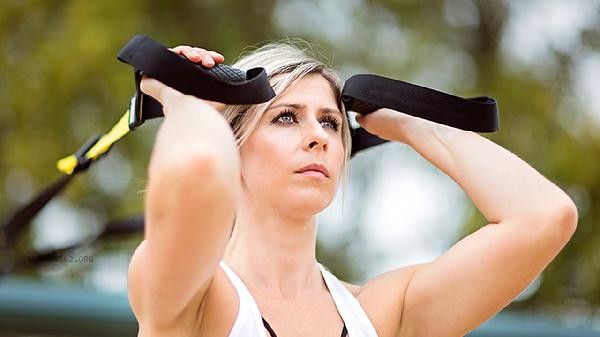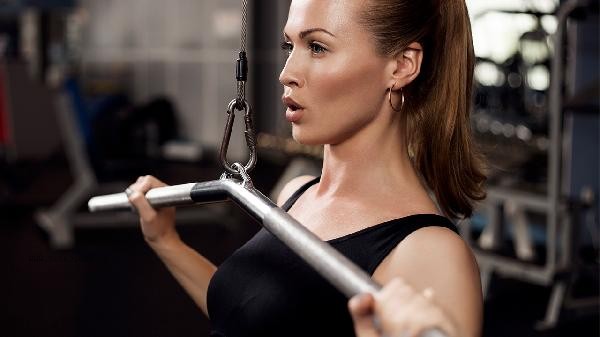During the period of fitness and weight loss, it is necessary to adopt a high protein, moderate carbohydrates, and low-fat diet structure, combined with regular exercise to improve weight loss efficiency. The main principles include controlling total calorie intake, optimizing the ratio of the three major nutrients, choosing low glycemic index foods, ensuring dietary fiber intake, and supplementing sufficient water.

1. Control total calorie intake
Daily calorie intake should be slightly lower than consumption, and it is recommended to reduce by about 300-500 calories. Accurate calculations can be made through food scales and diet tracking apps to avoid excessive dieting leading to a decrease in baseline rates. Prioritize reducing the calorie intake of added sugars and refined carbohydrates, while retaining high-quality protein sources such as lean meat, eggs, and milk.
2. Optimize nutrient ratio
Protein ratio is recommended to be 25-30%, with an intake of 1.6-2.2 grams per kilogram of body weight. Choose chicken breast, fish, soybeans, etc. Carbohydrates account for 40-50%, mainly slow carbon such as oats and brown rice. Fat accounts for 20-30%, and unsaturated fatty acids such as nuts and olive oil are recommended.
3. Low sugar foods
Choose whole grains, legumes, and most vegetables with a glycemic index below 55. This type of food has slow digestion, can maintain stable blood sugar levels, and prolong satiety. Within 30 minutes after exercise, a moderate amount of high GI carbohydrates can be supplemented to help with recovery, such as bananas paired with whey protein.

4. Adequate dietary fiber
Daily intake of 25-30 grams of dietary fiber, obtained through foods such as broccoli, mushrooms, chia seeds, etc. Water soluble fibers can delay gastric emptying, while insoluble fibers promote intestinal peristalsis. Pay attention to gradually increasing intake and drinking water to avoid gastrointestinal discomfort.
5. Scientific hydration
Drink 2000-3000 milliliters of water per day, and supplement 150-200 milliliters every 15 minutes during exercise. Lemon slices or a small amount of salt can be added to regulate electrolytes. Avoid sugary drinks, sugar free tea drinks and black coffee can be used as supplementary options. The diet during the fitness and weight loss period requires long-term adherence and regular adjustments. It is recommended to measure the changes in body fat percentage every week and adjust the carbon water ratio flexibly according to the intensity of exercise. The main cooking method is steaming and baking, reducing the use of oil. One deceptive meal per week can be set to prevent metabolic adaptation, but the total calorie intake must be controlled to not exceed the standard. Simultaneously maintaining 7-8 hours of sleep helps with muscle repair and hormone balance. If there is persistent fatigue or menstrual disorders, it is necessary to consult a nutritionist in a timely manner to adjust the plan.







Comments (0)
Leave a Comment
No comments yet
Be the first to share your thoughts!